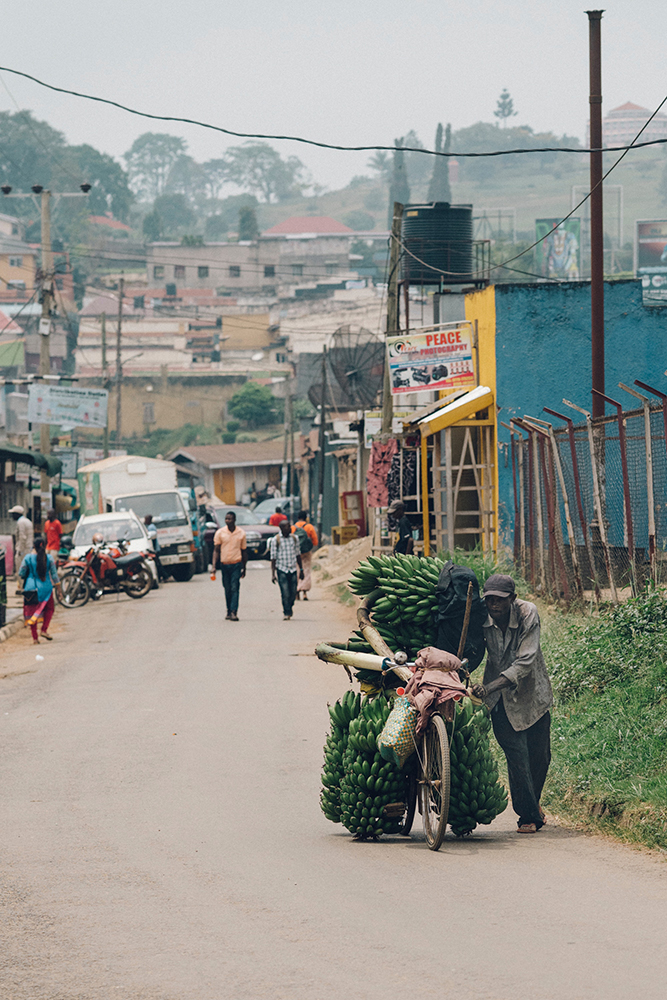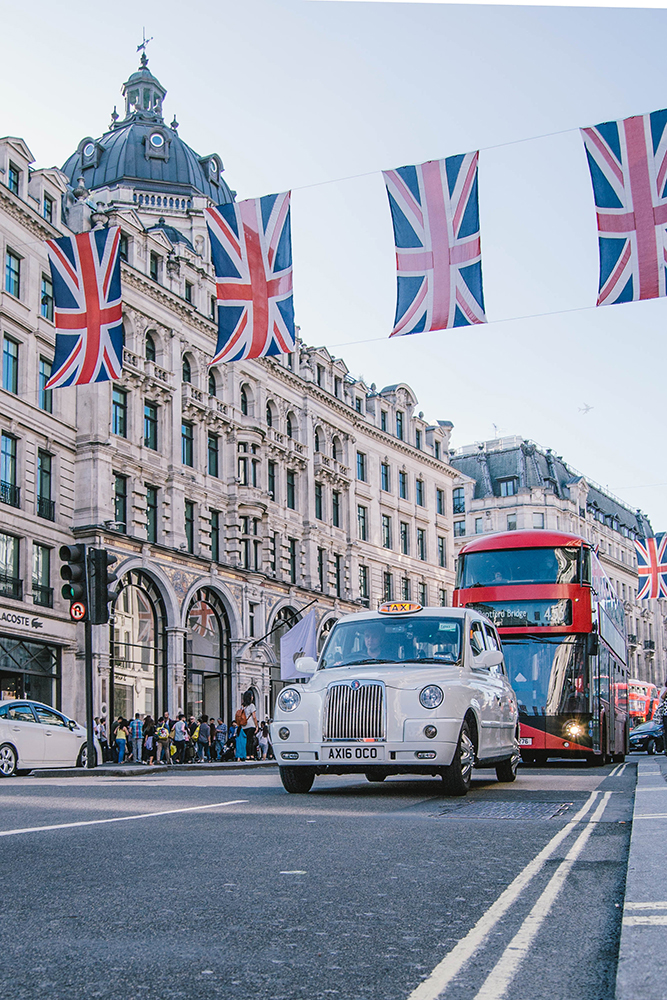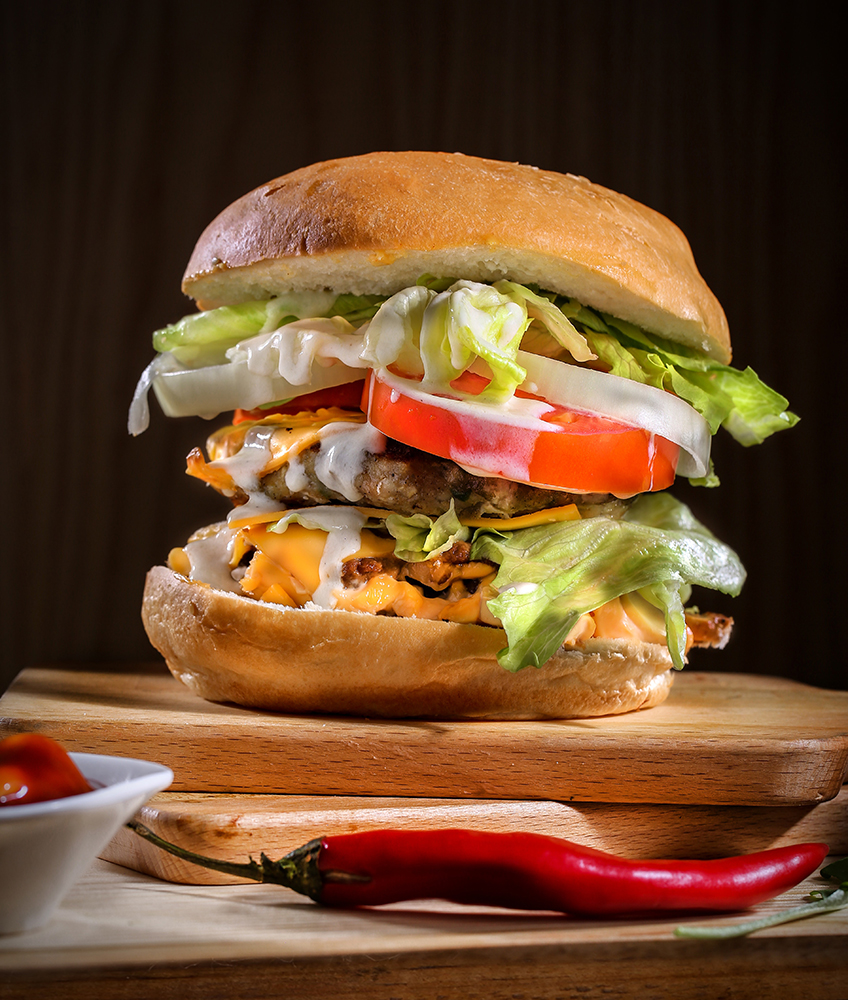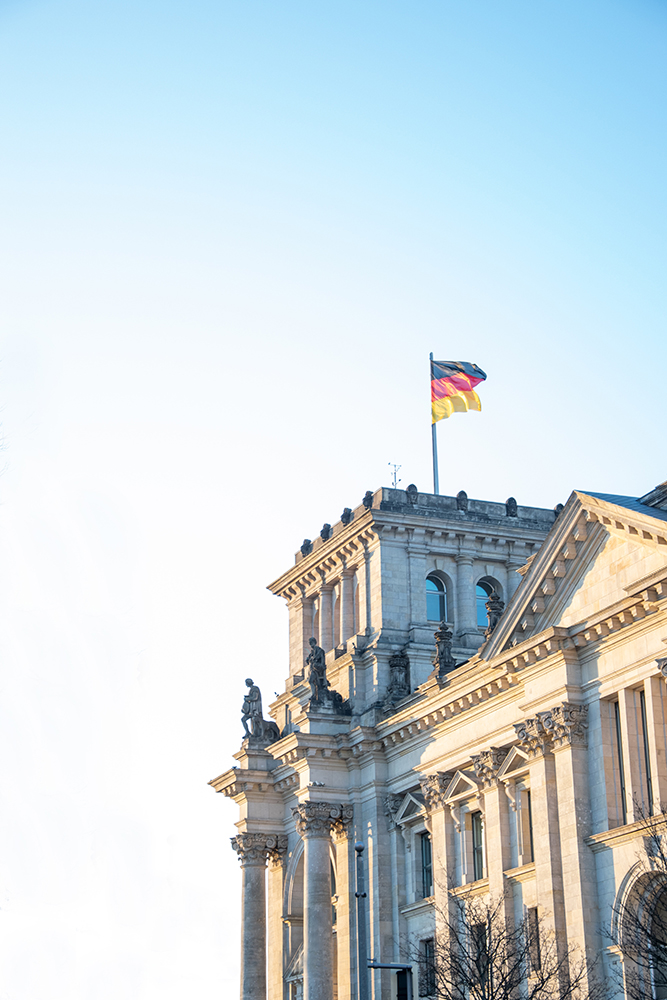The latest coronavirus news from Canada and around the world Friday. This file will be updated throughout the day. Web links to longer stories if available.
11:22 p.m.: The unions representing 9,000 Canada Border Services Agency employees have reached an eleventh-hour deal with Ottawa to avoid further strike actions, just before the Canada-U.S. border reopens on Monday.
Read more from Nicholas Keung: Deal with border agents ends traffic snarl-up, as Canada reopens to U.S.
8:02 p.m. British Columbia health officials announced circuit-breaker restrictions in the central Okanagan region amid a surge of COVID-19 cases driven by the highly infectious Delta variant, reports The Canadian Press.
Provincial health officer, Dr. Bonnie Henry, said the Delta variant is driving the rapid spread in the area, accounting for 80 per cent of the COVID-19 cases among those who aren’t vaccinated or who have only had one shot, according to CP.
The surge in cases is mostly seen in Kelowna, West Kelowna, Peachland, Lake Country and Rutland. She said many of the infections are in people between the ages of 20 and 40.
“Most of the transmission events we are seeing are through social gatherings, whether that’s in vacation rental, people coming together and having parties, in bars and nightclubs that we’ve seen,” she told a news conference Friday.
“We’ve seen transmission in fitness centres, and personal gatherings from parties to weddings to other events.”
To curb the further spread of the virus, she said outdoor gatherings will once again be limited to 50 people, while indoor get-togethers are reduced to five extra people, plus those in the household.
Nightclubs and bars are closed and liquor cutoff is at 10 p.m. at restaurants. High-intensity indoor fitness classes are cancelled. Low-intensity exercise at fitness centres is still permitted.
Health officials are asking people who intended to travel to the central Okanagan to try to change their plans, Henry said.
Mask wearing became mandatory starting the last week of July in all indoor public places in the central Okanagan following a spike in COVID-19 cases. Henry said the mask mandate remains in place.
“Right now we’re seeing a lot of transmission of a highly transmissible virus,” she said.
“We have to take measures to protect everyone and that’s why we’re doing it in a local area like this.”
B.C. reported 464 new cases of COVID-19 on Friday, more than half of them in the Interior region. There are six active outbreaks in long-term care homes, four of those are in the Interior.
There have been no new deaths.
Of those 12 and older in the province, 81.8 per cent have had their first shot of vaccine, while 68.9 per cent are fully vaccinated.
The Delta variant makes up about 60 per cent of the COVID-19 cases in the province.
Officials, once again, urged people to get vaccinated, with Health Minister, Adrian Dix, noting that “all of the cases” in B.C.’s intensive care units are among the unvaccinated.
Dr. Sue Pollock, chief medical health officer of Interior region, said COVID-19 infections have almost tripled in the past week from about 300 cases to 1,200.
There were 31 people in hospital and 10 in critical care, she said.
Henry said COVID-19 cases are now spilling over into the healthcare system, especially long-term homes, and “dozens” of acute care staff have been infected.
“And that puts stress on our health-care system across both the central Okanagan and all of the Interior.”
There were six active outbreaks in long-term care homes in the province reported Friday, four of them in the Interior.
This spike in COVID-19 cases also comes at a time when the health system is seeing a strain from wildfire activity in the area, she noted.
While a rise in COVID-19 numbers was expected when restrictions were lifted, Henry said this “rapid increase” needs to be stopped.
“This is not where we want us to be obviously right now, and we know, however, that we can make a tremendous impact in slowing this virus down,” she said. “We know what works.”
7:05 p.m. Thursday marked the single highest daily case count since July 1 in Alberta with 397 new infections, The Canadian Press reports.
Alberta also had the highest active case count in all of Canada, according to federal data, according to CP.
On Friday, the province reported 369 more cases, and 11 new hospitalizations.
Dr. Craig Jenne, an infectious disease expert at the University of Calgary, said severe outcomes as a result of community transmission is the biggest concern.
“If this trend continues, I think we’re going to have to face some tough decisions on how to slow it,” said Jenne.
Earlier Friday, Alberta’s Opposition NDP called on Premier Jason Kenney to release internal modelling that the government says supported its decision to eliminate its public health measures.
4:38 p.m. Health Canada has added the facial paralysis condition known as Bell’s Palsy as a rare side-effect of getting the Pfizer-BioNTech vaccine, The Canadian Press reports.
The condition usually consists of a temporary period of facial muscle weakness or paralysis with symptoms that can include loss of feeling in the face, headaches, drooling and the inability to close one eye, according to CP.
Health Canada says 311 patients in Canada reported a case of Bell’s Palsy after getting a COVID-19 shot, although this does not mean the condition was caused by the vaccine.
As of July 30, the number includes 206 people who got the Pfizer vaccine, 67 who got Moderna, 37 who got Oxford-AstraZeneca and one whose vaccine was unknown.
Moderna’s label was previously updated to report the condition.
More than 50 million doses of vaccine have been administered in Canada to date, and Health Canada has received 2,849 reports of serious adverse events, including heart inflammation, allergic reactions, blood clots and strokes.
Health Canada advises people who feel the symptoms of Bell’s Palsy to seek medical attention.
3:16 p.m. Newfoundland and Labrador’s government said Friday it will lift its mask mandate next week, while COVID-19 infections continued to climb in New Brunswick, one week after that province ended all its public health orders, reports The Canadian Press.
Dr. Janice Fitzgerald, Newfoundland and Labrador’s chief medical officer of health, said the province’s low case count coupled with its high vaccination rate support the move away from masks, despite what she said is a growing fourth wave in other parts of the country driven by the Delta variant, according to CP.
“The epidemiology elsewhere really influences some of those other special measures orders we have, like our travel restrictions,” she told reporters Friday.
“I anticipate that people will continue to use the masks, and we recommend that people do. It’s just the question of whether it meets that legal test of requirement.”
Masks will no longer be mandatory in most places beginning on Tuesday, but they will still be required in health facilities and in congregate living centres for seniors, Fitzgerald said. Limits on indoor gatherings will rise to 500 people as long as distance between people is maintained.
The province reported two new cases of COVID-19 Wednesday, both related to international travel. As of Thursday, more than 60 per cent of residents aged 12 and over were fully vaccinated and more than 84 per cent had received at least one dose, Fitzgerald said.
Those are good figures, she said, adding that she would like to see them higher. To that end, health officials will continue setting up pop-up, walk-in vaccination clinics across the province.
As is the rest of Atlantic Canada, Newfoundland and Labrador is seeing some of its lowest vaccination rates among people in their 20s. This gap is of particular concern in New Brunswick, where cases are rising in the Moncton, N.B., region.
Health officials in that province reported six new cases of COVID-19 Friday, all in the Moncton area. New Brunswick has 55 active reported infections. Officials have reported 38 cases in Moncton since the province lifted all pandemic-related restrictions on July 30.
Officials didn’t provide an age breakdown of Friday’s cases, but as of Thursday, 23 infections in the Moncton region involved people in their 20s. Online government data indicates vaccination rates in the province are lowest among that age group, with just over 70 per cent of eligible people in their 20s having had a first dose, compared with the provincial average of nearly 83 per cent.
Nova Scotia’s chief medical officer of health, Dr. Robert Strang, said Thursday the cluster in the Moncton area involved unvaccinated young people, adding that his office was keeping an eye on the situation.
Nova Scotia reported one new case of COVID-19 Friday and 13 active reported infections. More than 76 per cent of all Nova Scotians have received at least one dose of vaccine, according to government data.
2:39 p.m. Alberta’s Opposition NDP is calling on Premier Jason Kenney to release internal modelling that the government says supported its decision to eliminate COVID-19 public heath measures.
Dr. Deena Hinshaw, Alberta’s chief medical officer of health, has said the modelling looked at transmission and severe outcomes related to the highly-contagious Delta variant.
Hinshaw said the modelling suggests cases will rise for a month but will have limited impact on the province’s acute care system.
NDP deputy leader Sarah Hoffman says the government needs to release the data today, so Albertans can make decisions on their health and gauge the risks — especially as cases spike.
Hoffman says the United Conservatives are taking undue risk with people’s lives by lifting isolation, testing and contact tracing measures and is calling on them to reinstate the controls.
Albertans who are close contacts of COVID-19 cases are no longer mandated to isolate and, come Aug. 16, neither will people who test positive for the virus.
1:40 p.m. New Brunswick health officials are reporting six new cases of COVID-19 today, all in the Moncton region.
Officials have reported 38 infections in the Moncton area since the province lifted all pandemic-related restrictions on July 30.
They did not provide the age breakdown for today’s cases, but as of yesterday, 23 infections in the Moncton region involved people in their 20s.
Online government data indicates vaccination rates in the province are lowest among that age group.
Nova Scotia’s chief medical officer of health, Dr. Robert Strang, said Thursday the cluster in the Moncton area involved unvaccinated young people, adding that his office was keeping an eye on that province’s rising caseload.
Nova Scotia reported one new case of COVID-19 today and 13 active reported infections.
1:37 p.m. Ontario marked three weeks on Friday since entering the third step of its pandemic reopening plan but it has yet to hit the vaccination targets set for restrictions to roll back further.
The province previously progressed through earlier phases of its reopening within 21 days, but the government has established three firm thresholds that must be met before nearly all public health measures drop away.
Eighty per cent of all Ontarians aged 12 and older must have at least one shot, 75 per cent need to be fully immunized and all public health units must have fully vaccinated 70 per cent of eligible residents before the province can move on from Step 3.
The first condition is the only one that has been met so far.
As of Friday, 72 per cent of adults had been fully immunized, and only about half of Ontario’s 34 health units had met the third condition.
Health units across the province are now getting creative, with vaccine clinics at farmers’ markets, fire halls and beaches in addition to mobile teams and traditional sites, as they try to boost immunization rates.
“Residents and visitors aged 12 years and older are encouraged to add getting their COVID-19 vaccines to their summer to do list,” the Simcoe-Muskoka health unit said as it urged individuals to get their shots.
The region, where 68 per cent of all eligible residents were fully vaccinated as of Friday, said it is aiming for 90 per cent full inoculation to achieve herd immunity and protect those who don’t qualify for shots.
It is offering vaccines at parks, beaches, farmers’ markets, sports complexes and shopping centres, with staff wearing blue shirts and employee badges for identification.
All health units have reported at least 65 per cent full vaccine coverage. Seventeen units had fully vaccinated more than 70 per cent of eligible residents as of Friday. Eleven others had rates of 68 or 69 per cent.
12 p.m. Quebec is considering imposing a vaccine mandate for health-care workers amid a rise in the number of new COVID-19 cases in the province.
Ewan Sauves, a spokesman for Premier François Legault, said today in an email the government is looking at making COVID-19 vaccination mandatory for health workers but not for other public sector employees.
The news comes a day after Legault said his government will impose a vaccine passport system to curb the spread of COVID-19.
Prime Minister Justin Trudeau said Thursday his government is mulling vaccine mandates for federal workers and employees in federally regulated industries.
11:34 a.m. The current Delta-fueled COVID-19 surge in the U.S. is sending more children to hospitals locally and across the nation, a sign, doctors said, that adults need to do a better job of protecting kids, especially those under 12 who cannot get vaccinated.
Nationally, child hospitalizations for COVID-19 increased 84 per cent between July 10 and July 31, from 665 to 1,224, according to the U.S. Department of Health and Human Services. In this region, the number of pediatric hospitalizations rose from four to 13 in New Jersey and from 20 to 28 in Pennsylvania between July 10 and July 31. Though rising, the hospitalization rates remain low; 1.1 per 100,000 children in Pennsylvania and 0.7 per 100,000 in New Jersey.
According to a report from the American Academy of Pediatrics (AAP) and the Children’s Hospital Association, only 0.1 per cent to 1.9 per cent of all known cases in children lead to hospitalization. The true percentage is likely even lower because many infected children are not tested, said Sara Bode, who is director of school health services at Nationwide Children’s Hospital in Columbus, Ohio, and chair of an AAP committee on school health.
10:30 a.m. Arkansas lawmakers on Friday left the state’s mask mandate ban in place, ending a session called to revisit the prohibition for schools because of the state’s COVID-19 surge.
The majority-Republican Legislature adjourned the special session that GOP Gov. Asa Hutchinson had called to consider rolling back the ban for some schools. Hutchinson signed the ban in April but said the change was needed to protect children under 12 who can’t get vaccinated as the state’s virus cases and hospitalizations skyrocket.
A House panel on Thursday rejected two measures to allow some school districts to issue mask requirements.
There had been growing calls to lift the ban before school starts statewide later this month. The ban is already being challenged in two lawsuits, including one from an east Arkansas school district where more than 800 students and staff have quarantined because of a COVID-19 outbreak.
Pediatricians and health officials have said that masks in schools are needed to protect children, as the delta variant and Arkansas’ low vaccination rate fuels the state’s spiraling cases.
But Hutchinson faced heavy opposition from fellow Republicans, who had been inundated with calls and messages from opponents of masks in schools.
He said this week he regretted signing the mask mandate ban, telling reporters that “in hindsight, I wish that had not become law.” Hutchinson noted he did so when the state’s cases were much lower and that the Legislature could have easily overridden him had he vetoed the measure.
10:20 a.m. (updated) Ontario is reporting 340 new COVID-19 cases and 18 deaths from the virus today, including several deaths that occurred more than six weeks ago.
The province says 16 of the deaths, including one of a person under the age of 19, were reported for the first time on Friday due to data cleaning work.
The case numbers are based on 23,448 tests.
There were 110 patients in intensive care with COVID-related critical illness and 76 people on ventilators.
9:30 a.m. The union representing 9,000 Canada Border Services Agency workers says some job actions began Friday as bargaining with the government continued.
“Our bargaining team representing CBSA employees has been in mediation with CBSA and Treasury all night and through to this morning, and we’re giving them a bit more time to negotiate at the table,” the Public Service Alliance of Canada and its Customs and Immigration Union said in a Friday morning statement.
“In the meantime, work-to-rule actions are underway at border crossings and airports across the country.”
The union said it had been bargaining with the government since 2018 and it served a strike notice on Tuesday.
The dispute comes as Canada is preparing to allow fully vaccinated Americans to visit without having to quarantine starting Aug. 9.
Borders will open to travellers from other countries with the required doses of a COVID-19 shot on Sept. 7.
6:40 a.m. Chinese President Xi Jinping has pledged that 2 billion doses of COVID-19 vaccines would be supplied to the world through this year, increasing China’s commitment as the largest exporter of the shots.
Xi’s announcement was delivered late Thursday at a vaccine forum China hosted virtually.
The figure likely includes the 770 million doses China has already donated or exported already and it’s not clear if it includes a COVAX agreement for Chinese producers to supply 550 million doses.
Xi also promised to donate $100 million to the UN-backed COVAX program, which aims to distribute vaccines to low- and middle-income countries. Vaccine distributions have been starkly unequal, as wealthy countries now consider issuing booster shots to their citizens and poorer nations struggle to get enough vaccines for a first dose.
Hundreds of millions of Chinese shots, the vast majority of which are from Sinopharm and Sinovac, have already been administered to people in many countries across the world. However, there are concerns about whether they protect adequately against the new, highly transmissible delta variant.
Friday 5:22 a.m. Thousands of people jammed coronavirus vaccination centers in the Philippine capital, defying social distancing restrictions, after false news spread that unvaccinated residents would be deprived of cash aid or barred from leaving home during a two-week lockdown that started Friday.
Officials placed Metropolitan Manila back under lockdown until Aug. 20, as a new spike in COVID-19 infections that health officials say could be due to the highly contagious delta variant threatens to overwhelm hospitals. Three other regions, including nearby Laguna province, were also placed under lockdown until Aug. 15.
Only authorized workers for essential businesses and residents on medical emergencies or food-buying errands can venture out. An eight-hour curfew was imposed in the capital region starting at 8 p.m. and police checkpoints were set up in city boundaries.
A day before the lockdown, false news spread on social media that unvaccinated residents would either be prohibited from leaving their homes to go to work or deprived of 1,000 pesos ($20) aid. It sent large crowds heading for vaccination centers in the cities of Manila, Las Pinas and Antipolo even without prior registrations.
Thousands lined up for several blocks in designated government centers and shopping malls to get the jabs, at times sparking arguments and complaints and snarling traffic.
In Manila alone, up to 22,000 people showed up outside vaccination centers before dawn. People descended in groups and arrived in vans from nearby provinces, some “rowdily removing barricades,” city officials said, citing police reports. Many were not registered under Manila’s immunization program.
Police were forced to stop vaccinations in at least one of the shopping malls and asked the crowds to return home.
Friday 2 a.m. China recorded another 80 locally transmitted cases of COVID-19 on Friday, as the country seeks to control its widest flare-up since the original outbreak with a combination of lockdowns, mass testing and travel restrictions.
Of the new cases, 58 were found in the eastern city of Yangzhou in Jiangsu province, where the highly contagious delta variant spread among airport workers in the provincial capital of Nanjing. Other cases were found in six provinces from tropical Hainan in the south to Inner Mongolia bordering on Russia.
That has taken the number of cases linked to the Nanjing outbreak to more than 460 since the middle of last month, prompting renewed travel restrictions, community lockdowns and the sealing off of Zhangjiajie, a city of 1.5 million.
Such measures have been implemented with much success following local outbreaks under China’s “zero tolerance” approach to the pandemic, although they are being seen as taking a major toll on society and the economy, stirring speculation that a new approach may be needed that allows for the virus to circulate to some manageable degree.
Thursday 9 p.m. Moving into August, two things seem inevitable: a fourth wave of COVID-19, and a federal election.
With case counts rising, vaccination rates slowing, and the government’s recent decision to extend rent and wage subsidies, the business community is concerned that election politics will overshadow their needs.
Health experts have said that a fourth wave, driven by the Delta variant of COVID-19, is likely. Meanwhile, as of July 24, more than 63 per cent of Canadians 12 and older were fully vaccinated, while cases of COVID infectionsare creeping up in some provinces — British Columbia’s rolling seven-day average almost tripled recently. Quebec’s seven-day average, too, recently more than doubled. And though Alberta recently ended isolation requirements, contact tracing and asymptomatic testing, its vaccination rates have lagged behind national numbers, and it too is seeing cases rise.
Last month, the Canadian Travel and Tourism Roundtable called on the federal government to introduce a reopening plan before calling an election. And the Canadian Chamber of Commerce was among industry groups to ask it to prioritize a reopening plan over an election.
Read the full story from the Star’s Rosa Saba
Thursday 8 p.m. California will require all of its roughly 2.2 million health care workers and long term care workers to be fully vaccinated by Sept. 30 as the nation’s most populous state is losing ground in the battle against new infections of a more dangerous coronavirus variant.
The order, issued Thursday by the California Department of Public Health, is different than what Democratic Gov. Gavin Newsom said last month when he announced health care workers would have the choice of either getting vaccinated or submitting to weekly testing.
Now, the order does not give health care workers a choice. It says all must be fully vaccinated by the end of September, with exceptions for people who decline the vaccine because of a religious belief or workers who cannot be inoculated because of a qualifying medical reason backed up by a note signed by a licensed medical professional.
The change comes as California is seeing the fastest increase in new virus cases since the start of the pandemic, averaging 18.3 new cases per 100,000 people a day. Most of the state’s new infections are caused by the delta variant, a more contagious version of the coronavirus that the state says “may cause more severe illness.”
Thursday 7:21 p.m. Moderna’s coronavirus vaccine booster appears to produce a “robust” antibody response against the fast-spreading delta variant, the company said Thursday as it warned that a third shot would “likely” be needed this fall.
The Massachusetts-based drugmaker revealed in a quarterly-earnings report that its original two-dose vaccine regimen remains highly effective through six months after the second shot, but the company believes that the “increased force of infection resulting from delta” will lead to a surge of breakthrough infections in vaccinated people over the next few months.
The Delta variant is said to be as contagious as chickenpox and has already become the dominant strain in the U.S. and many other countries.
“We are pleased that our COVID-19 vaccine is showing durable efficacy of 93% through six months, but recognize that the Delta variant is a significant new threat so we must remain vigilant,” Moderna CEO Stephane Bancel said in a statement.
Thursday 5 p.m. British Columbia’s top doctor says the surge in COVID-19 cases is fuelled by those between the ages of 20 and 40 who are unvaccinated or have only had one dose, The Canadian Press reports.
The latest daily case count reached 342 on Wednesday, a figure not seen since late May, but Dr. Bonnie Henry says clusters of infections were expected, according to CP.
Henry says the key is that health officials aren’t seeing widespread transmission to at-risk groups, such as seniors, because they have a high rate of immunization.
She says pandemic modelling shows the Delta variant is more transmissible, which means immunization rates must go up, and even a small increase in vaccinations makes a difference.
Health Minister Adrian Dix says people aren’t obliged to get vaccinated, but warns that the unimmunized might face consequences at work, and certainly will, if they hope to travel outside of the country.
The government’s promotion of “Walk-in Wednesday” saw more than 16,500 people go to clinics across the province without an appointment to get vaccinated, with more than 6,000 going for their first shot.
Read Thursday’s coronavirus rolling file







